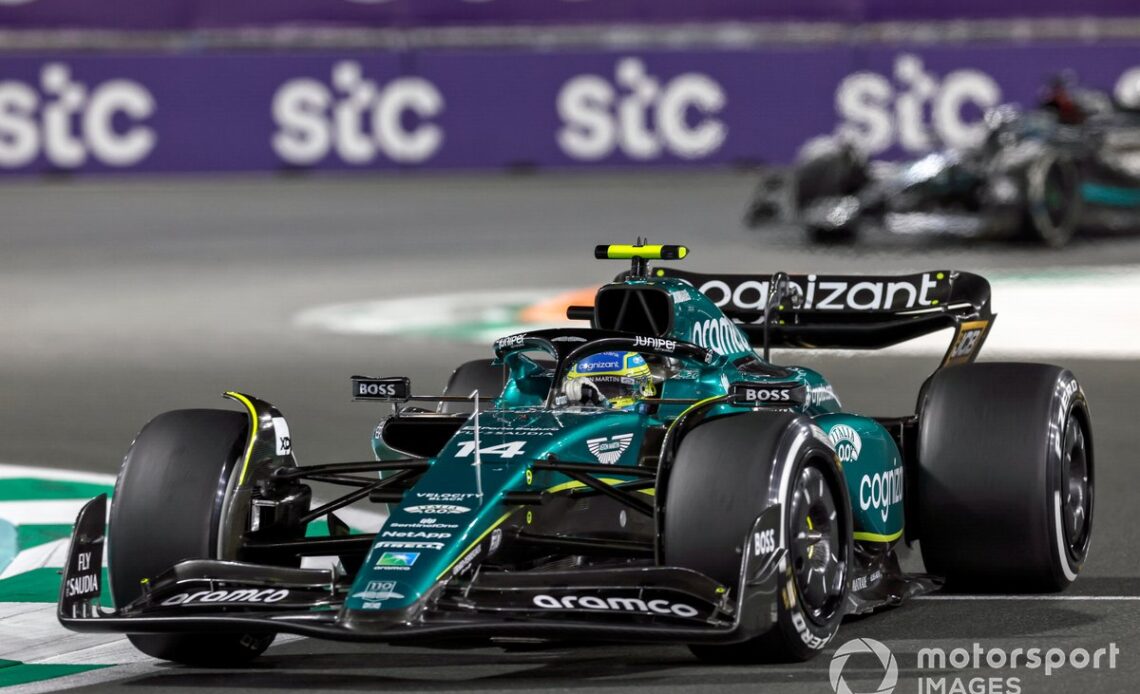Ferrari chose to highlight a rare example of a driving penalty that was challenged by a right of review process, ironically by the very team that Fernando Alonso – the “victim” of the Melbourne incident – currently drives for.
It stemmed from a spectacular crash on the final lap of the 2014 Canadian GP that saw Force India’s Sergio Perez and Felipe Massa of Williams make contact while battling for position.
However, the historical reference failed to impress the Australian stewards, and Ferrari didn’t get the chance to have its evidence adjudicated upon.
Sainz thus retains the five-second penalty he was given for causing a collision with Alonso at the final grid restart, much to his and Ferrari’s disappointment.
The first step as in all review cases is for the team to demonstrate that it can provide a “significant and relevant new element” of evidence that was not available to the stewards at the time they took the decision.
Only if that requirement is met will the stewards then go on to consider the actual merits of the case and pronounce a verdict.
The last such right of review occurred as recently as Saudi Arabia, where Aston Martin challenged the penalty given to Alonso after the team was deemed to have touched his car with the rear jack during a penalty pitstop.
That review happened straight away on the Sunday night. The stewards accepted that there was new evidence in that they felt they had been misinformed about an agreement on jacks touching constituting working on the car. Aston also provided seven video examples of previous penalty stops where no penalty was given.
Fernando Alonso, Aston Martin AMR23
Photo by: Zak Mauger / Motorsport Images
Having moved onto the next stage, the stewards agreed that Aston was right, and Alonso’s penalty was rescinded.
Right-of-review requests into penalties for on-track incidents are rare for the simple reason that they are generally regarded as being like a referee’s decision in football, and thus hard to challenge in retrospect. And after all, what would constitute new evidence?
However, after the aforementioned Perez/Massa incident in Montreal in 2014, Force India believed that it had a case that was worth pursuing.
On that occasion, both drivers went for hospital check-ups after heavy impacts with the tyre wall at Turn 1, with Perez registering 32G on the FIA data recorder, and Massa 27G.
Thus neither driver was available to talk to the stewards after the chequered flag….
Click Here to Read the Full Original Article at Motorsport.com – Formula 1 – Stories…

